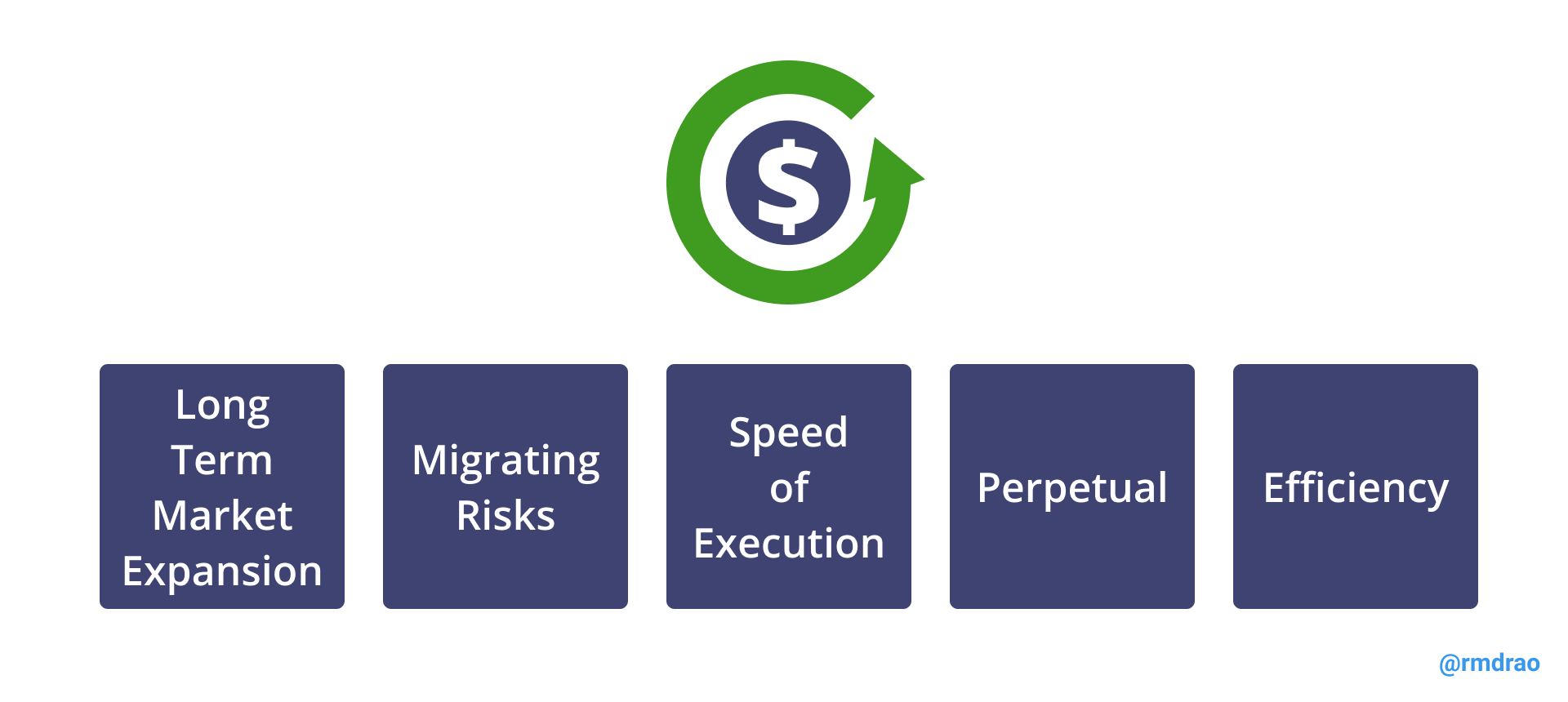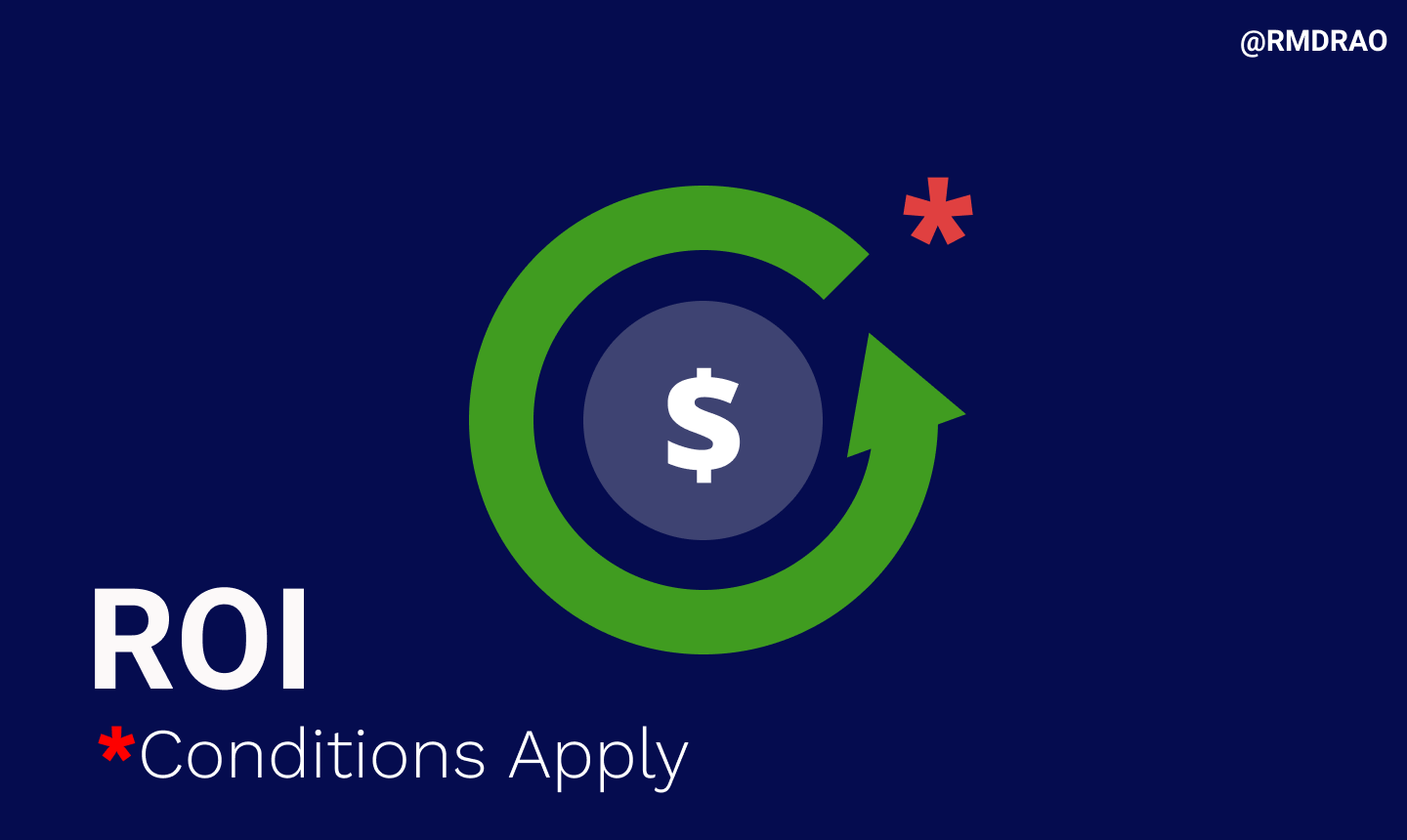In the world of product management, prioritization is a keystone skill on which careers are made. Being able to prioritize efficienty is the top skill tested in Product Manager hiring processes. What is crucial to the process is how you ascribe returns to the unknown future outcome of an idea. The all important question around Return on Investment. But as we will see ahead, not all returns are equal. There are a lot of subtle returns that are non obvious in first glance.
I have had the pleasure, privilege and pain of having participated in many decision making processes across my career. From strategic directions in large companies, marketing planning, product planning, to backlog decisions in small teams, the themes that resonate are quite similar.
As a product manager you are the fund manager who controls the resources of your team to get the best possible returns for your business. There are cases where you have clearly defined outcomes and business cases. You know going in, that if you put X effort you would get a return of Y$. These are the easy ones to calculate and justify to your stakeholders. But it is not always about what you can observe and see.
Returns for your business are NOT always measured in revenue, profitability in the now but also in terms of future outlook, competitive moats, efficiency based scale and overall team morale. What I present here are other possible types of returns on investment when dealing with uncertain outcomes as a lot of product management and strategic planning tends to be.

Long term market expansion returns
Investment in this criteria increases the surface area addressed by your product. This talks about cases where investment in certain areas might open adjacent markets and increase your addressable market. As an example, a PM in Uber might decide to invest in a feature for the app that makes it more useful to fleet operators ( who are non core users). So every cent invested tends to expand the market. The horizons on these tend to be longer but there could be huge potential.
Mitigating risk returns
One might decide to invest in specific areas to avoid potential downsides by not having enough protection there. For example having enhanced levels of privacy controls may not be a core feature but building it in, gives you options to roll out globally faster. Hence every $ invested here potentially saves $ in other areas.
Speed of execution returns
In dealing with uncertain outcomes the value of being able to place more smaller bets and learning quicker is a holy grail. Hence any investment towards improving speed of execution would provide returns in building deeper customer understanding quicker and being nimble in dealing with customer issues. For example in B2B SaaS setup any effort to ease access to proof points for sales and marketing etc would cut the sales cycle drastically and increase conversions.
Perpetuity based returns
In certain cases one could invest in products knowing fully well that have absolutely no returns in the short term but the hope of creating a small drip of returns in the future perpetually. This could look like a terrible decision at the moment but creates very interesting possibilities for the future. For example investments in building intellectual property may open up newer revenue streams such as licensing at a later date. Similarly in a data first world it is very important to have the data before you need it, to enable discovery and avoid cold start problems for your algorithms. Hence deciding to collect specific data for a low overhead could prove useful quarters down the line.
Efficiency returns
If you have ever spoken to resource strapped product and engineering managers, they would love to have additional resources. Instead in such situations the better question to ask is what would be that one investment that would free up my resources. So additional investment that either improves your capacity to serve or reduces the cost to do the same is what would be termed as efficiency based returns
So the next time you need to make a case for returns , think beyond the usual revenue and profit parameters for returns. Most importantly learn to trust your product sense and your team's intuition.


